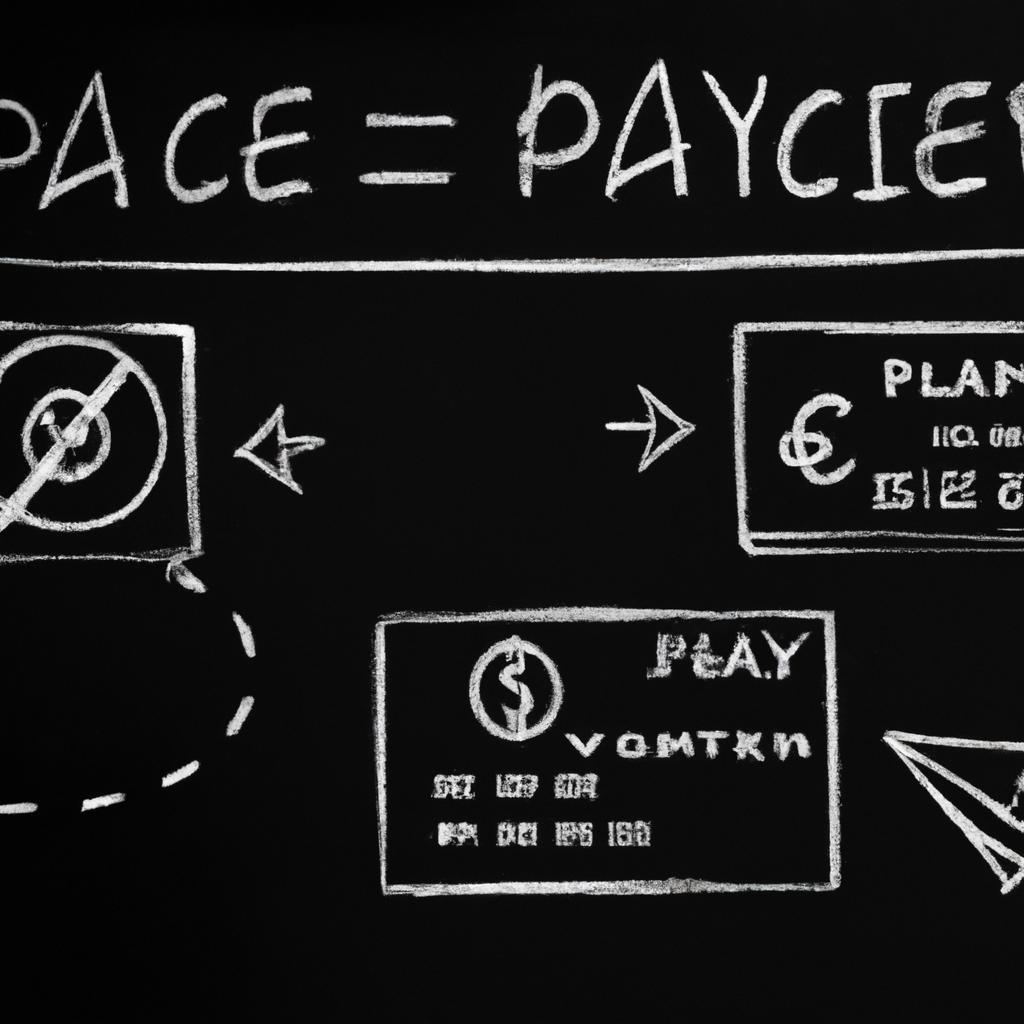In an era where convenience often dances with technology, the way we manage our finances has transformed dramatically, especially when it comes to travel. For the modern explorer, the challenge lies not just in planning itineraries and discovering hidden gems, but also in mastering the art of smart spending. As travel enthusiasts navigate the intricate web of cash transactions and digital payments, the age-old dilemma of balancing the tangible with the virtual takes center stage. This article explores the nuances of spending wisely, shedding light on how to harmonize cash and credit for a seamless travel experience. Whether you’re trekking through vibrant markets or dining in a chic city bistro, understanding the rhythm of your wallet can turn every trip into a more financially fulfilling adventure. Join us as we delve into strategies that ensure your wanderlust is complemented by smart financial choices, empowering you to explore the world without a care in your pocket.
Maximizing Value: The Art of Currency Conversion and Exchange Rates
When it comes to managing your finances during travel, understanding currency conversion is key to making informed decisions that optimize your budget. Exchange rates can fluctuate wildly, influenced by factors such as economic stability, market demand, and geopolitical happenings. To make the most of your money, consider these strategies:
- Monitor Live Rates: Use financial apps or websites to keep an eye on real-time exchange rates, allowing you to time conversions effectively.
- Choose the Right Location: Avoid exchanging money at airports, which typically offer poorer rates compared to local banks or dedicated currency exchange kiosks.
- Understand Fees: Always inquire about transaction fees that banks or exchange services may charge, as they can eat into your converted amount.
Additionally, leveraging a combination of cash and cards can amplify your financial flexibility while traveling. It’s wise to maintain a small stash of local currency for immediate expenses like street food or entrance fees, while using cards for larger transactions where possible. Consider these points for a balanced approach:
- International Cards: Look for credit or debit cards that waive foreign transaction fees and provide favorable exchange rates.
- Contactless Payments: Utilize digital wallets or tap-to-pay options that offer enhanced security and convenience.
- Have a Backup: Carry a secondary payment method in case of unforeseen issues—like lost cards or system outages.
| Payment Method | Pros | Cons |
|---|---|---|
| Cash | Widely accepted, no transaction fees | Risk of loss or theft |
| Credit Card | Rewards points, often gives better exchange rates | Potential for foreign transaction fees |
| Debit Card | Access to funds directly from your account | Limited acceptance, potential ATM fees |

Navigating Payment Options: Choosing Between Cash and Cards While Traveling
When setting off on your travel adventures, the decision between using cash or cards can significantly impact your experience. **Cash** is often revered for its simplicity, allowing for hassle-free transactions in markets, local eateries, and off-the-beaten-path destinations where card acceptance may not be guaranteed. It can also help you stick to a budget, as physically seeing the cash leave your wallet can be a more tangible reminder of your spending. On the flip side, **credit and debit cards** offer convenience and security. With features like fraud protection, the ability to track expenses easily, and perhaps even earning rewards or points, they can enhance your travel experience when used wisely.
It’s essential to weigh the pros and cons of each option based on your destination and personal preferences. To effectively navigate your payment choices, consider the following points:
- Local Currency Needs: Research if cash is more commonly accepted than cards in your destination.
- Transaction Fees: Be aware of potential foreign transaction fees when using cards abroad.
- Budgeting Style: Choose cash for a stricter budget or cards for tracking your expenses digitally.
- Emergency Backup: Always have a backup option ready; a mix of both cash and cards can offer peace of mind.
| Option | Pros | Cons |
|---|---|---|
| Cash |
|
|
| Cards |
|
|

Smart Budgeting Tips: Creating a Travel Financial Plan for Peace of Mind
Planning for travel doesn’t just involve choosing destinations; it also requires a sound financial strategy to ensure you enjoy your journey without breaking the bank. Start by **setting a realistic budget** based on how much you’re willing to spend throughout your trip. Break this down into essential categories to get a clearer picture of where your money will go:
- Accommodation: Determine your lodging expenses based on your travel style, whether it’s budget hostels or luxurious hotels.
- Transportation: Factor in flights, local transit, and any car rentals you might need.
- Food: Allocate funds for meals, considering both dining out and grocery shopping.
- Activities: Account for tours, entrance fees, and experiences unique to your destination.
- Souvenirs: Don’t forget to set aside a little for mementos from your journey.
Once your budget is set, **adjust and monitor your spending** throughout the trip. Utilize a simple spending tracker, such as the table below, to keep an eye on daily expenses versus your planned budget.
| Day | Planned Budget ($) | Actual Spending ($) | Notes |
|---|---|---|---|
| 1 | 100 | 80 | Explored local markets |
| 2 | 120 | 150 | Unplanned dinner out |
| 3 | 90 | 60 | Used public transport |
This proactive approach to managing your finances will not only help you stay within your limits but also give you the **peace of mind** to fully immerse yourself in your travel experience.
Future Outlook
As we wrap up our exploration of smart spending and the balance between cash and cards for an enriching travel experience, it’s evident that both forms of payment hold unique advantages that can enhance your journey. By understanding the strengths of each, travelers can navigate foreign streets and marketplaces with confidence and ease.
Whether you’re savoring local cuisine at a hidden gem or making a spontaneous purchase from a bustling street vendor, being savvy with your finances paves the way for memorable experiences. Consider your destination, prepare for varying payment methods, and keep an eye on exchange rates and fees to make informed choices.
Ultimately, smart spending is about more than just saving money; it’s about enriching your travels. Embrace the flexibility that a balanced approach can offer, allowing you to enjoy every moment of your adventure while maintaining control over your finances. With the right preparation, your adventures can be as seamless as they are memorable, proving that it’s not just the destinations that matter, but also the journey itself. Safe travels, and happy spending!
